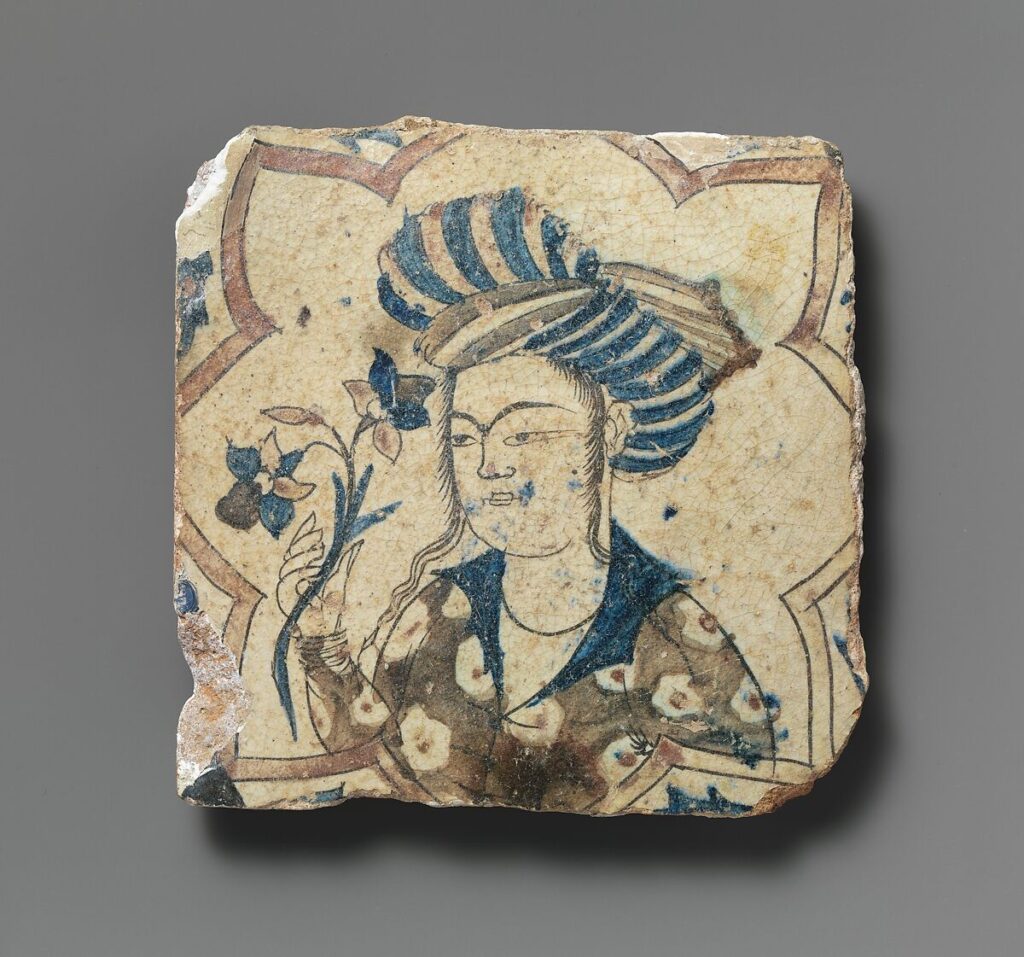
The Islamic Golden Age is known for the explosion of scientific and artistic innovation produced by Muslim communities in the Medieval Era. Not only did this period of inspiration lead to advances in astronomy, mathematics, and medicine, it also saw the blossoming of Islamic literature. Just like many of us, people in the tenth century loved a good romance, and so naturally many of these literary works focus on themes of love, desire, and betrayal. The subjects of these dramatic tales were as diverse as the growing empire itself, including depictions of same-sex attraction between women.1
A major source of depictions of relationships between women in Medieval Islamic literature are the adab—collections of poems, sayings, and historical anecdotes that gained popularity after the introduction of paper in the Abbasid Dynasty. In Female Sexuality in the Early Islamic World, historian Pernilla Myrne explains the value of these texts for those interested in gaining insight into the lives of women:
Although adab is a cultural product of high society, the anecdotes are accessible. They make historical events and settings come alive, mostly with the focuses on the verbal utterances in the form of poetry or dialogues… historians have found adab useful sources for studying unofficial history, the history of women and the non-elite. This is primarily due to the lack of material about these groups in mainstream history books, whereas they frequently occur in adab compilations where there are numerous anecdotes about witty and eloquent women… In the anecdotes, the socially subordinate character often plays a major role and women are often represented as particularly eloquent.2
Sources like the adab can function as a look into popular culture without the obfuscation of legal/religious ideals. While legal texts represent an idealized picture of society as people believe it should be at its best, art can depict a more honest representation of everyday life and perspectives.
For instance, in Jawami al-ladhda, or Encyclopedia of Pleasure—the oldest extant erotic text written in Arabic dating from the end of the tenth century—a poem written from the perspective of a woman explains that she at first has sex with women only to avoid pregnancy, and then discovers that she prefers it anyway:
I drank wine for love of romance and embarked on tribadism for fear of pregnancy/ I slept with my beloved in private and surpassed men in performing well./ If tribadism satisfies me, I am content with it and reject men.3
Ibn Nasr
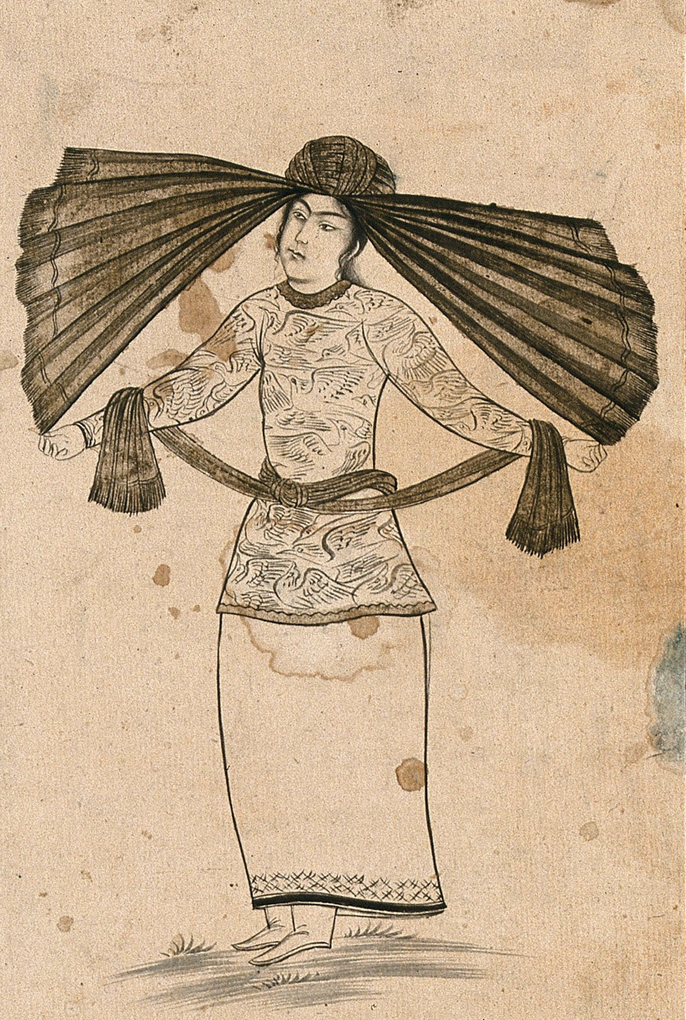
Another anecdote recounted in the collection Kitab al-Aghani by poet Abu al-Faraj tells the story of a courtesan and skilled singer named Badhl. She was highly admired for her skill and beauty, and was reported to have known over 30,000 songs. The story goes that once she was invited to sing for the caliph, and instead of the lyrics “Oh, I do not know anything more pleasurable than a promise,” she instead sang “Oh, I do not know anything more pleasurable than sahq.” 4
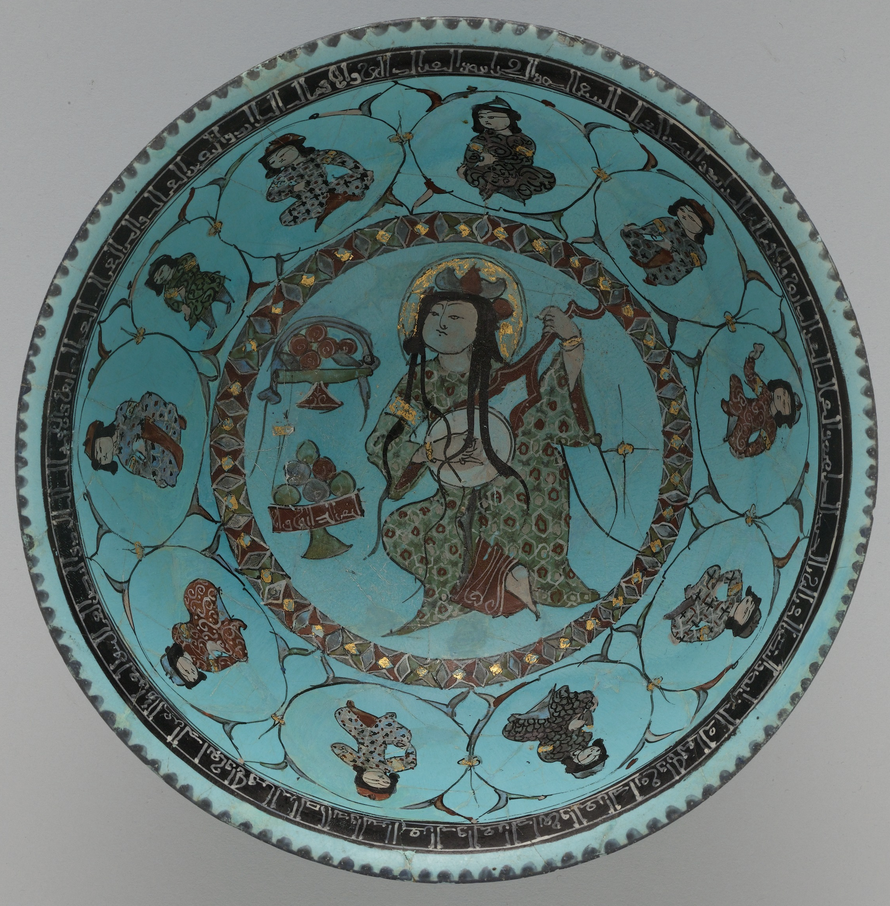
The Arabic word sahq comes from the root “to pound” or “to rub” and seems to have been used to refer to female homosexuality, similar to the outdated English term tribade—which stems from the Greek root with the same meaning as the Arabic. 5
Even though the poems may not have been written by/about an actual woman, the idea of a woman choosing to reject men and live a life exclusively with other women was clearly established and present in the minds of these poets; as was the concept of women simply finding sex with other women to be more pleasurable. While much of the literature surrounding relationships in adab was erotic or comedic, depictions of relationships between women in these stories differ from those of homosexual men in that they often include an element of romance.
An Example for Poets to Write About
Historian Sahar Amer writes that “in the context of Arabic literary writings, sahiqat (women who engaged in same sex relationships) were associated rather with love and devotion.” 6 The Encyclopedia of Pleasure features a love story between the Arabian Muslim woman Hind Bint al-Khuss al-Iyadiyyab, who was also called al-Zarqa, and the Christian princess Hind Bint al-Nu’man:
She [Hind] was so loyal to al-Zarqa that when the latter died, she cropped her hair, wore black clothes, rejected worldly pleasures, vowed to God that she would live an ascetic life until she passed away and, as a result, she built a monastery that was named after her on the outskirts of Kufa. When she died, she was buried at the monastery gate. Her loyalty was then an example for poets to write about.7
Ibn Nasr
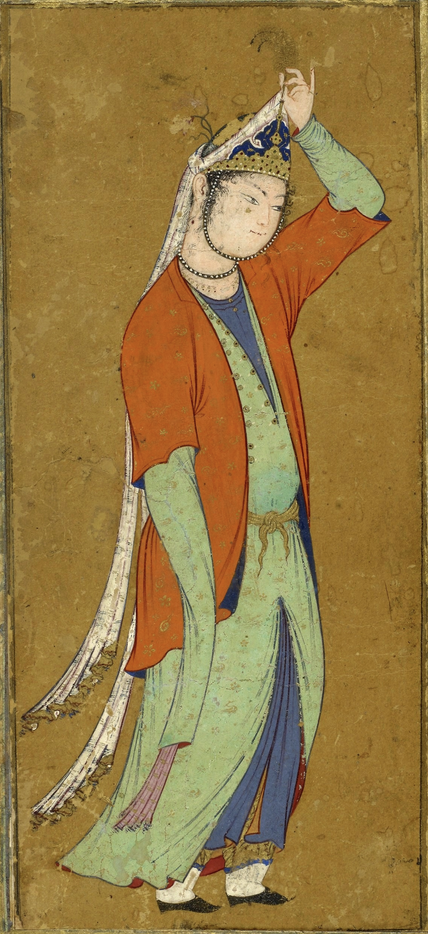
In the Medieval Arabic literary tradition, al-Zarqa is referred to as “the first lesbian.” 8 There are several different versions of this story, but all of them revolve around Hind’s unending devotion to the woman she loves. 9 The couple’s story also appears in several other collections, including al-Faraj’s Kitab al-Aghani. The fact that it was included by several different authors over several decades would suggest that the story of love between two women from different religious backgrounds was quite popular. Rather than being condemned, the love and devotion between the women was seen as something to be emulated.
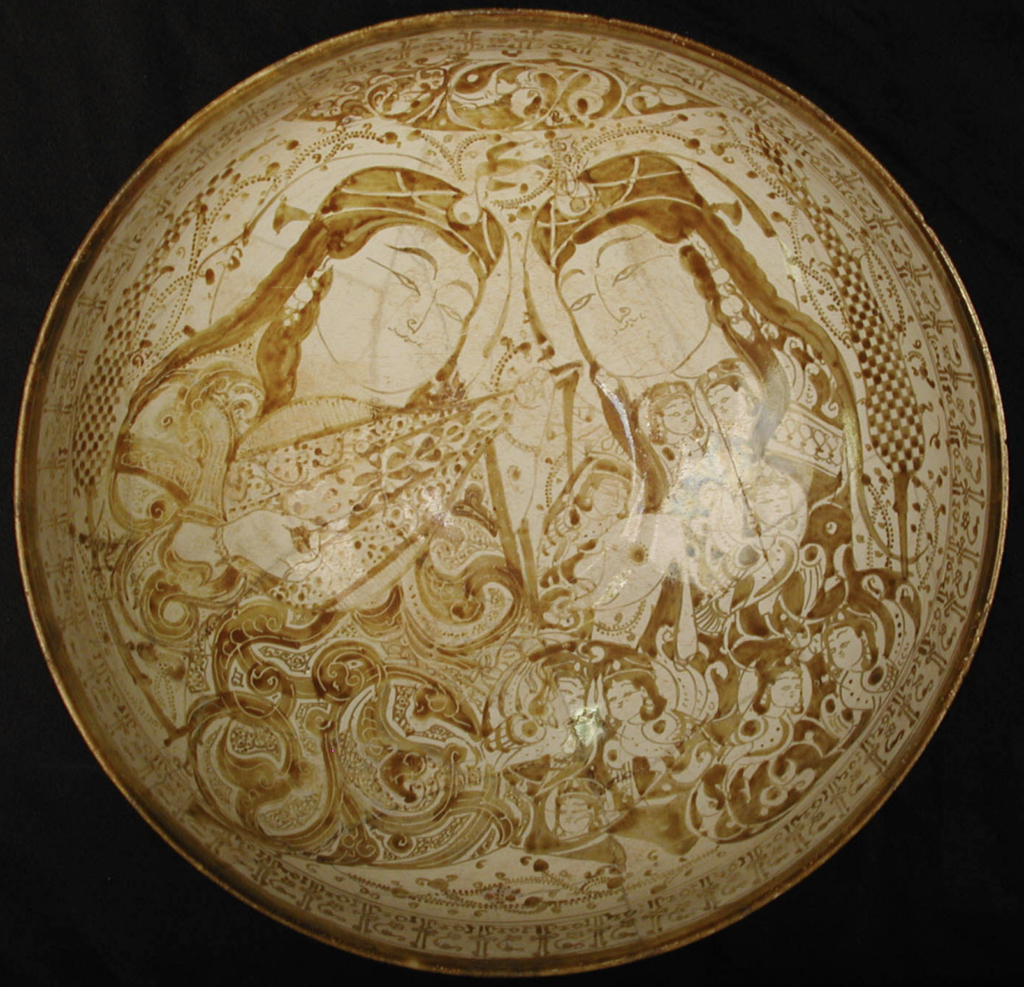
Within the world of literature, Sahar Amer writes that “Arab lesbians were both named and visible… In fact, lesbianism in the medieval Islamicate literary world was a topic deemed worthy of discussion.” 10 Hind and al-Zarqa were far from the only lesbian couple in Medieval Islam’s pop culture. In the tenth century, the writer al-Nadim’s compilation of stories al-Fihrist (The Catalog) documented twelve books dedicated to the stories of named lesbian couples, though sadly none of their stories still survive.11
There is no way to know how many of these poems and anecdotes were based on the experiences of real women, but the fact that these writers chose to inhabit the narrative voices of queer women does reveal that they were a visible enough part of medieval life as to make for relatable characters. Not only that, but their stories still survive, demonstrating the lasting mark these women’s love and devotion had on history.
- Samar Habib, Female Homosexuality in the Middle East: Histories and Representations, (United Kingdom: Taylor & Francis, 2012), ↩︎
- Pernilla Myrne, Female Sexuality in the Early Medieval Islamic World: Gender and Sex in Arabic Literature, (United Kingdom: Bloomsbury Publishing, 2019). ↩︎
- Ibn Nasr, Encyclopedia of Pleasure, as cited by Myrne, 149. ↩︎
- Abu al-Faraj, Kitab al-Aghani, as cited by Myrne, 143. ↩︎
- Amer, 216 ↩︎
- Amer, 218. ↩︎
- Ibn Nasr, Encyclopedia of Pleasure, as cited by Myrne, 149 ↩︎
- Sahar Amer, “Medieval Arab Lesbians and Lesbian-Like Women,” (Journal of the History of Sexuality, 2009). ↩︎
- Myrne, 153. ↩︎
- Amer, 221. ↩︎
- Amer, 219. ↩︎
Images
Painted tile image courtesy of the Metropolitan Museum of Art
Painted bowl image courtesy of the Metropolitan Museum of Art
Court Dancer painting courtesy of The Wellcome Collection





